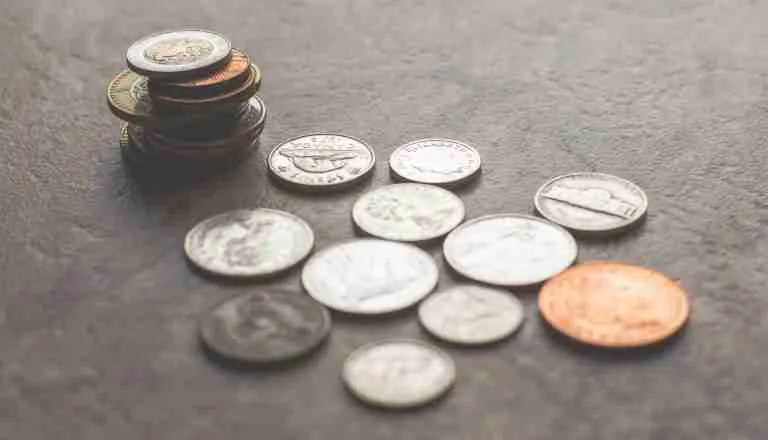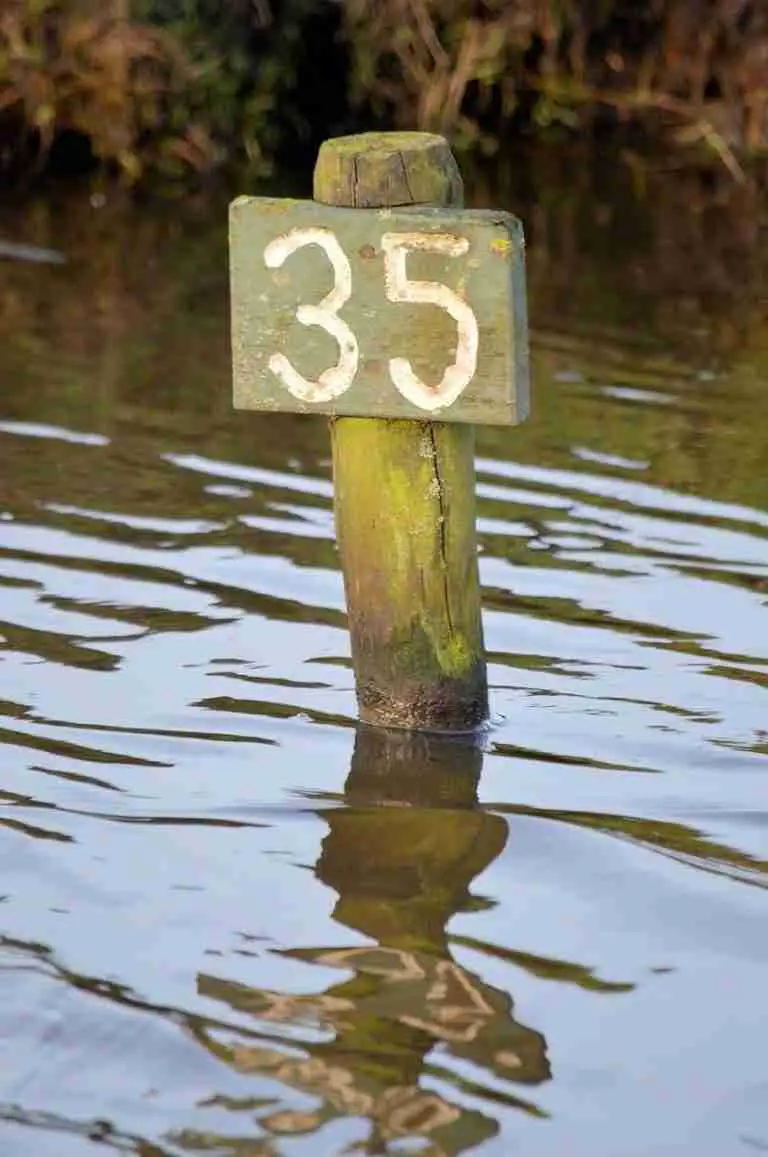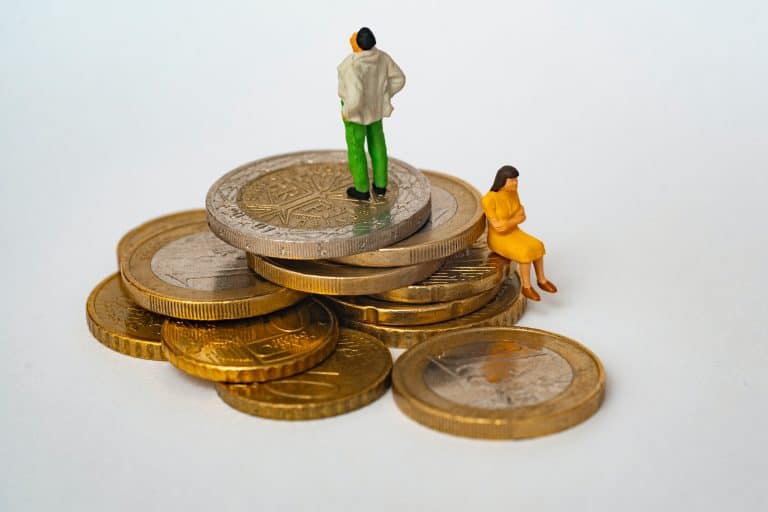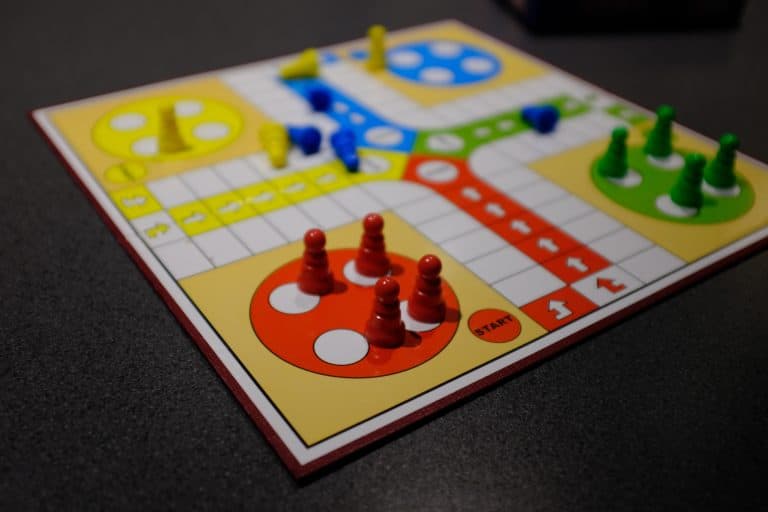10 Small Expenses That Drain Your Wallet
As the saying goes, “A penny saved is a penny earned.”
Small expenses add up quickly and drain your wallet before you know it. From daily indulgences to impulse purchases, it’s important to recognize where your money is going to make better financial decisions. In this article, we’ll discuss 10 small expenses that drain your wallet and offer tips on how to cut back.
While it’s true that these things won’t make you a millionaire overnight, it’s important to keep in mind that small expenses can accumulate over time. Even though each individual expense may not seem significant, they can still hinder your progress towards your goals.
Read on to discover which ones might be draining your wallet.

1. Coffee Shop Runs
“Coffee Shop Runs” usually refers to the act of going to a coffee shop to purchase coffee or other beverages.
While this can be a nice treat, it can also become a costly habit if done frequently.
To save money on coffee shop runs, consider making your own coffee or tea at home using a French press or drip coffee maker.
You can also buy pre-made drinks or coffee pods to use at home, which can be less expensive than buying drinks at a coffee shop.
Another option is to limit your coffee shop runs to once a week or as an occasional treat instead of a daily routine.
By being mindful of your coffee shop runs, you can save money and still enjoy your favorite beverages.
2. Fast Food Meals
Fast food meals are often convenient and tasty, but they can also be expensive and unhealthy if consumed frequently.
To save money on fast food meals, consider cooking at home and meal prepping for the week.
This can not only save you money, but also allow you to make healthier meal choices. Another option is to look for deals and coupons from fast food restaurants, which can help you save money on meals.
Additionally, consider ordering smaller portions or skipping extras like drinks and sides, which can add up quickly.
By being aware of your fast food consumption and making conscious choices, you can save money and prioritize your health at the same time.
3. Subscriptions
Subscription services like Netflix, Amazon Prime, and Spotify are convenient but can also be a financial drain. It’s easy to forget about these recurring charges, which can quickly add up.
Subscriptions can be a great way to access your favourite products or services on a regular basis, but they can also become a financial burden if not managed carefully.
First, evaluate which subscriptions are necessary and which ones you can do without to save money on subscriptions.
Consider cancelling subscriptions that you cannot use or live without. Another option is to share subscriptions with family or friends to split the cost. Look for deals and promotions from subscription services, such as free trials or discounts for new customers.
Lastly, set reminders to cancel subscriptions before automatically renewing, which can help avoid unnecessary charges.
By reviewing subscription spending, you can save money and prioritize your financial well-being.
4. ATM, Banking and Investing Fees
ATM, banking, and investing fees can add up quickly and eat into your hard-earned money. However, there are ways to save on these fees.
Firstly, use ATMs that are part of your bank’s network to avoid out-of-network fees.
Secondly, consider opening an account with a bank that offers no-fee checking or savings accounts.
Thirdly, automate your payments and deposits to avoid late fees or overdraft fees.
Lastly, look for low-cost index funds or ETFs instead of actively managed funds that charge higher fees when investing.
You can keep more of your money in your pocket by getting on top of these fees and avoiding them.
5. Impulse Buys
Impulse buys can be tempting, but they can also be costly and unnecessary.
To save money on impulse buys, try implementing a waiting period before making any purchases.
This can give you time to evaluate whether you really need or want the item, and can help you avoid impulse purchases that you may regret later.
Another option is to create a budget and stick to it, which can help you prioritize your spending and avoid impulse buys that don’t fit into your financial plan.
Avoid shopping when you’re feeling emotional or stressed, as this can increase the likelihood of making impulsive purchases.
Lastly, consider shopping secondhand or buying items on sale, which can help you save money and still get the things you want.
By being aware of what triggers your impulse buys, you can save money and make purchases that align with your financial goals.
6. Snacks and Drinks
Snacks and drinks can be a quick and convenient way to satisfy cravings, but they can also add up in cost over time.
To save money on snacks and drinks, consider buying in bulk or in larger sizes and portioning them out into smaller servings. This can be more cost-effective than buying individual portions.
Another option is to make your own snacks and drinks at home, such as trail mix or smoothies, which can be less expensive and often healthier than store-bought options.
Bringing your own snacks and drinks when you’re on the go to avoid the temptation of buying expensive options from convenience stores or vending machines.
Lastly, look for deals and coupons on your favorite snacks and drinks, and consider purchasing generic or store-brand options, which can be just as good as name-brand options at a lower cost.
7. Daily convenience store purchases
Daily convenience store purchases may seem insignificant in the moment, but they can add up over time, draining our wallets without us realizing it.
The allure of grabbing a quick snack, a refreshing beverage, or some last-minute essentials can be tempting, especially when convenience stores are conveniently located.
However, to avoid these small expenses, it’s essential to plan ahead and make a shopping list before leaving home.
By having a clear idea of what we need, we can resist the impulse to make unnecessary purchases at convenience stores.
Additionally, keeping a supply of snacks, drinks, and other essentials stocked at home or in our bags can help reduce the need to rely on convenience stores for these items.
Developing the habit of mindful spending and recognizing the long-term impact of these small expenses can go a long way in preserving our financial resources and preventing unnecessary drain on our wallets.
8. Brand Name Products
Brand name products often come with a higher price tag compared to generic or store-brand alternatives.
While they may be associated with prestige, quality, or a sense of familiarity, purchasing brand name products can be a significant drain on your wallet.
One way to avoid this expense is to carefully evaluate the value and benefits of the brand name over other options. In many cases, generic or store-brand products can be just as good in terms of quality and functionality, but at a lower cost.
Taking the time to compare prices, read reviews, and consider the ingredients or specifications can help you make informed choices that align with your budget.
By being open to alternatives and breaking free from the allure of brand names, you can save money without compromising on the quality or satisfaction of your purchases.
9. Gym Memberships
Gym memberships can be a recurring expense that drains your wallet, especially if you’re not utilizing them to their fullest potential.
While the idea of having access to state-of-the-art equipment, group fitness classes, and professional trainers can be enticing, it’s important to assess whether a gym membership aligns with your fitness goals and lifestyle.
To avoid wasting money on unused memberships, consider alternative options such as outdoor activities, home workouts, or joining more affordable fitness centers or community programs.
Additionally, exploring free workout videos and apps can provide you with a variety of exercise routines without the cost of a gym membership.
Remember, it’s crucial to find a fitness routine that you enjoy and can commit to consistently, whether it involves a gym or not.
By reassessing your fitness needs and exploring cost-effective alternatives, you can redirect the money you would have spent on a gym membership towards other financial goals or activities that bring you joy and well-being.
10. Mobile phone packages
Mobile phone packages can be another expense that drains your wallet if you’re not careful.
Many phone providers offer enticing packages with unlimited data, unlimited calls, and various additional features.
While these packages may seem appealing, they often come with high monthly fees that can add up over time. To avoid overspending on mobile phone packages, it’s important to assess your actual usage needs. Evaluate your data usage, call patterns, and the features you truly require.
Consider opting for a more cost-effective plan that aligns with your usage patterns, such as a plan with limited data or a pay-as-you-go option.
Additionally, regularly reviewing your phone bill and staying updated on available promotions or discounts can help you find better deals and potentially negotiate with your provider for a lower rate.
By being aware of your mobile phone usage and choosing the most suitable plan, you can reduce unnecessary expenses and save money in the long run.
FAQs
What are the 4 types of expenses?
The four types of expenses are:
Fixed expenses: These are the same every month, such as rent or a car payment. They are predictable and do not vary based on usage.
Variable expenses: These are expenses that can vary from month to month, such as utilities or groceries. They are dependent on usage and can be influenced by various factors.
Discretionary expenses: These are not necessary for daily living, such as dining out or entertainment. They are optional and can be adjusted based on one’s financial situation.
Periodic expenses: These are expenses that occur periodically throughout the year, such as car insurance or property taxes. They are not monthly expenses but are still important to budget for and plan ahead.
How do you categorize expenses easily?
One easy way to categorize expenses is to create a budget and divide expenses into categories based on their type, such as fixed, variable, discretionary, and periodic expenses.
You can use a spreadsheet or budgeting software to track your expenses and assign each expense to the appropriate category.
Another option is to use an envelope system to allocate a certain amount of cash for each category and place the cash in labeled envelopes.
This can help you visually see how much money you have for each category and avoid overspending.
Lastly, consider using a credit or debit card that automatically categorizes your expenses for you, making it easy to track your spending and identify areas where you can cut back.
By categorizing your expenses, you can better understand your spending habits and make informed decisions to manage your finances more effectively.
How can I save money by cutting expenses?
There are several ways you can save money by cutting expenses:
Identify your expenses: Start by identifying all of your expenses and categorizing them by type, as mentioned above. This will help you understand where your money is going and which expenses you can cut back on.
Prioritize your expenses: Determine which expenses are necessary for your basic needs, such as food, shelter, and transportation. Prioritize these expenses and look for ways to save money on them.
Cut back on discretionary spending: Look for areas where you can cut back on discretionary spending, such as dining out, entertainment, or shopping. Consider alternatives, such as cooking at home, free activities, or borrowing instead of buying.
Negotiate bills: Contact your service providers, such as your internet or cable company, and negotiate lower rates or switch to a lower-cost provider.
Reduce fixed expenses: Look for ways to reduce fixed expenses, such as refinancing a mortgage or car loan, or negotiating rent.
Shop smarter: Look for deals, coupons, and discounts when shopping for groceries or other essentials. Consider buying in bulk or purchasing generic brands.
Use energy-efficient appliances and light bulbs to reduce utility bills.
Cancel unnecessary subscriptions: Evaluate your subscriptions and cancel any that you no longer use or need.
By cutting expenses, you can save money and allocate those funds towards your financial goals, such as paying off debt or building savings.
How can I avoid small expenses?
Avoiding small expenses can be a simple way to save money over time. Here are some ways to avoid small expenses:
Set a budget: Create a budget and prioritize your spending to avoid unnecessary expenses.
Avoid impulse purchases: Before making a purchase, give yourself time to consider whether you really need or want the item. Avoid making purchases on impulse.
Use cash instead of credit cards to avoid overspending and accumulating interest charges.
Plan meals and snacks ahead of time: Plan your meals and snacks ahead of time to avoid impulse purchases and dining out.
Borrow instead of buying: Consider borrowing items instead of buying them, especially for items that you only need occasionally.
Avoid convenience stores: Convenience stores often charge higher prices for items. Consider shopping at grocery stores or discount stores instead.
Look for deals and promotions: Look for deals and promotions on items that you need or want, such as coupons or discounted rates.
By avoiding small expenses, you can save money and allocate those funds towards your financial goals, such as paying off debt or building savings.
Are brand-name products really better than generic products?
Not always. Many generic products are just as good as their brand-name counterparts and can save money. Give them a try and see what you think. If you don’t like them you can always go back to the brand names.
How can I avoid ATM fees?
Use your bank’s ATM or get cash back at a store instead of an out-of-network ATM.
Is it okay to splurge on small expenses occasionally?
Yes, treating yourself occasionally is okay, in fact, you need to have a budget just for this to make life worth living. But be mindful of how often you’re splurging and try to make better financial decisions in the long run.
How can I avoid impulse buys?
Try to wait 24 hours before purchasing to ensure it’s something you really want or need. You can also create a shopping list beforehand and stick to it.
Are there any other small expenses that can drain my wallet?
Yes, other small expenses include cable TV subscriptions, magazine subscriptions, and online shopping. It’s important to review your expenses regularly and cut back where possible.
Conclusion: 10 small expenses that drain your wallet
In conclusion, small expenses can add up quickly and drain your wallet before you know it. By being mindful of where your money is going, you can make better financial decisions and save money in the long run. Reducing small expenses like coffee shop runs, fast food meals, and subscriptions can help you improve your financial well-being.
If you’re ready to take control of your finances and start your journey to a financially happy life, I’m here to help.
As a financial coach, I can provide personalized guidance and advice to help you achieve your financial goals. Let’s schedule a call to discuss your financial situation and create a plan that works for you.
Contact me today to start your journey to financial freedom.







